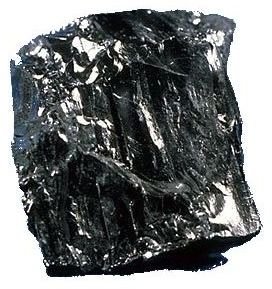The Health Effects of Coal Waste
You have, undoubtedly, seen the hype over the past few months from the coal industry and their attempt to paint a greener face on their business with its “clean coal” campaign. However, as the recent spill of coal waste into the local water supply last December has taught many Tennessee residents, coal is anything but clean. We are already somewhat familiar with the negative impact that coal can have on our health through the pollution that burning coal produces and releases into the air as well as the health risks associated with mines (see Death by Coal: Safety and Health Issues The Coal Business Does Not Tell You About); however, in addition to these health risks, coal presents another problem with its waste.
The key problem associated with coal waste is the amount of heavy metals that it contains, mainly arsenic. Arsenic is a highly poisonous metalloid that has often been used in pesticides and insecticides to kill rodents and other pests. Using coal as a source of fuel produces millions of tons of coal waste which include this deadly poison which can then end up contaminating ground water or other water sources when accidents such as the spill in Tennessee at the end of 2008 which dumbed 500-600 million gallons of coal waste spreading to over 40 acres of land. When arsenic contaminates the water supply and is ingested by humans it can lead to several health risks including cancer of the lungs, kidneys, bladder, and liver as well as skin and prostate cancer. In high enough doses the contamination can be deadly. And it would only take the equivalent of an amount 1/7th the size of an aspirin to be lethal.
Exposure to arsenic also carries several other health problems such as damage to the blood vessels leading to high blood pressure, liver damage, and it can have negative effects on the nervous system. Mild exposure can cause vomiting, skin problems, and an abnormal heart beat. Arsenic exposure is also highly dangerous to the development of an unborn child.
Other dangers to our health from coal waste include the particulate matter released by coal ash. This is one of the same dangers that lead to what is known as black lung in coal mine workers. This particulate matter, which also contains heavy metals. When this dust enters into the lungs it can settle into sensitive areas causing irritation and life long health problems.
Of course, merely burning coal causes a multitude of problems such as the release of mercury and selenium into the air which contaminates not only the air that you breath but the water as well (this is one of the main causes of mercury contaminated sea food). Past studies have shown that those who live in the area of coal plants and mines have a higher rate of chronic illnesses including heart disease, high blood pressure, diabetes, kidney disease, and lung cancer.
To spite the “clean” image that the coal industry tries to paint, coal is a very dirty and dangerous business. As the community around the Kingston accident in Tennessee are starting to learn the hard way, the health risks of coal can no longer justify our use of this fossil fuel, especially when we live in an age with so many possibilities for safer and cleaner fuel alternatives.
